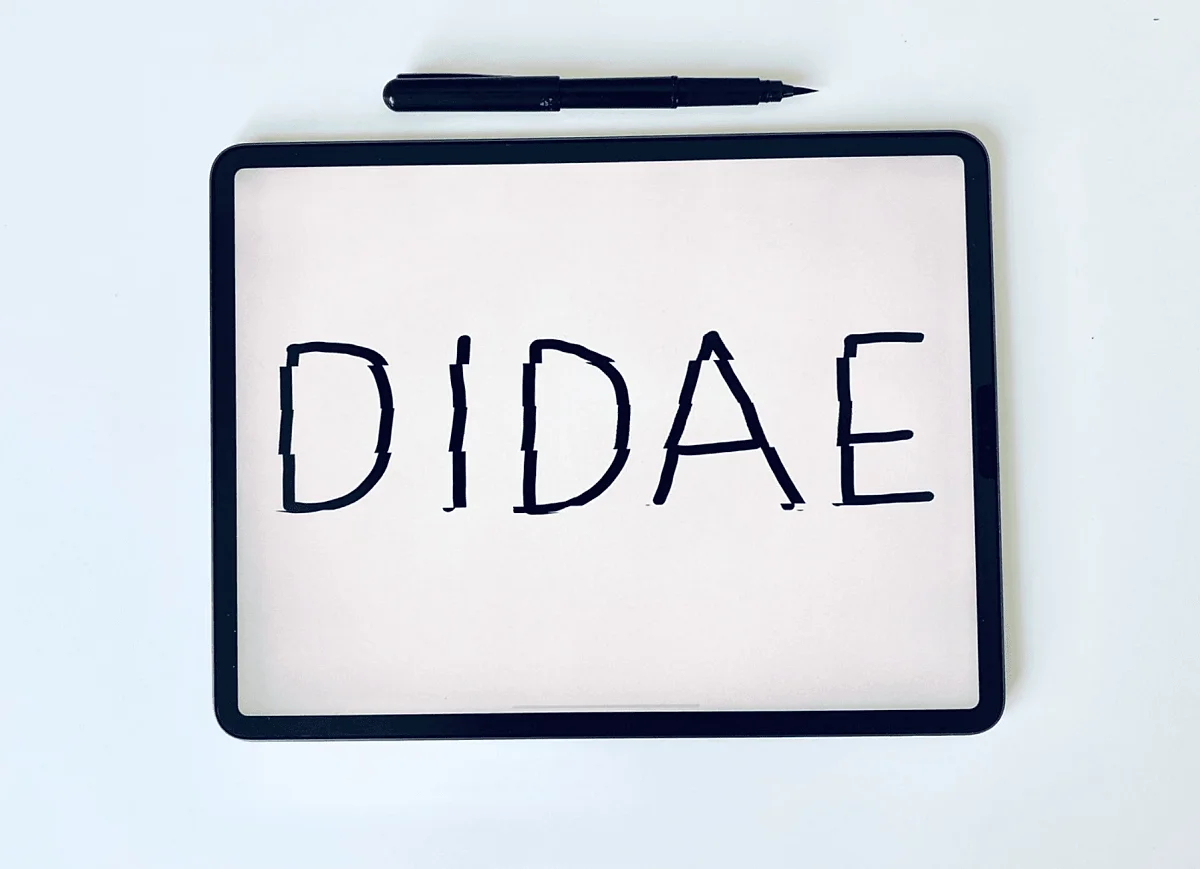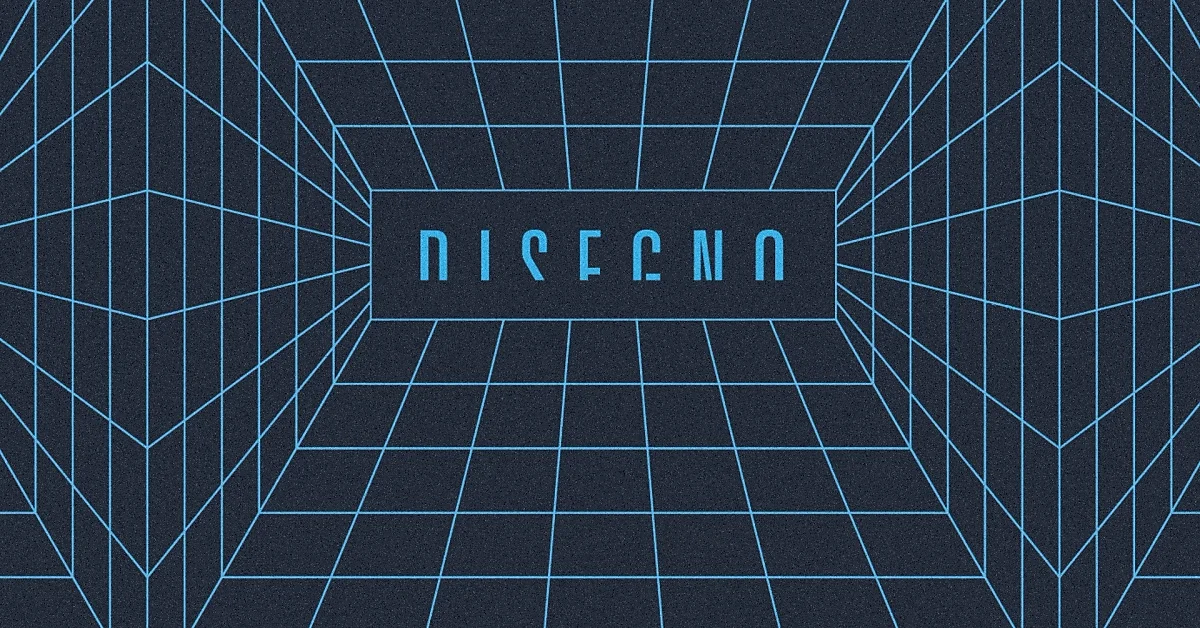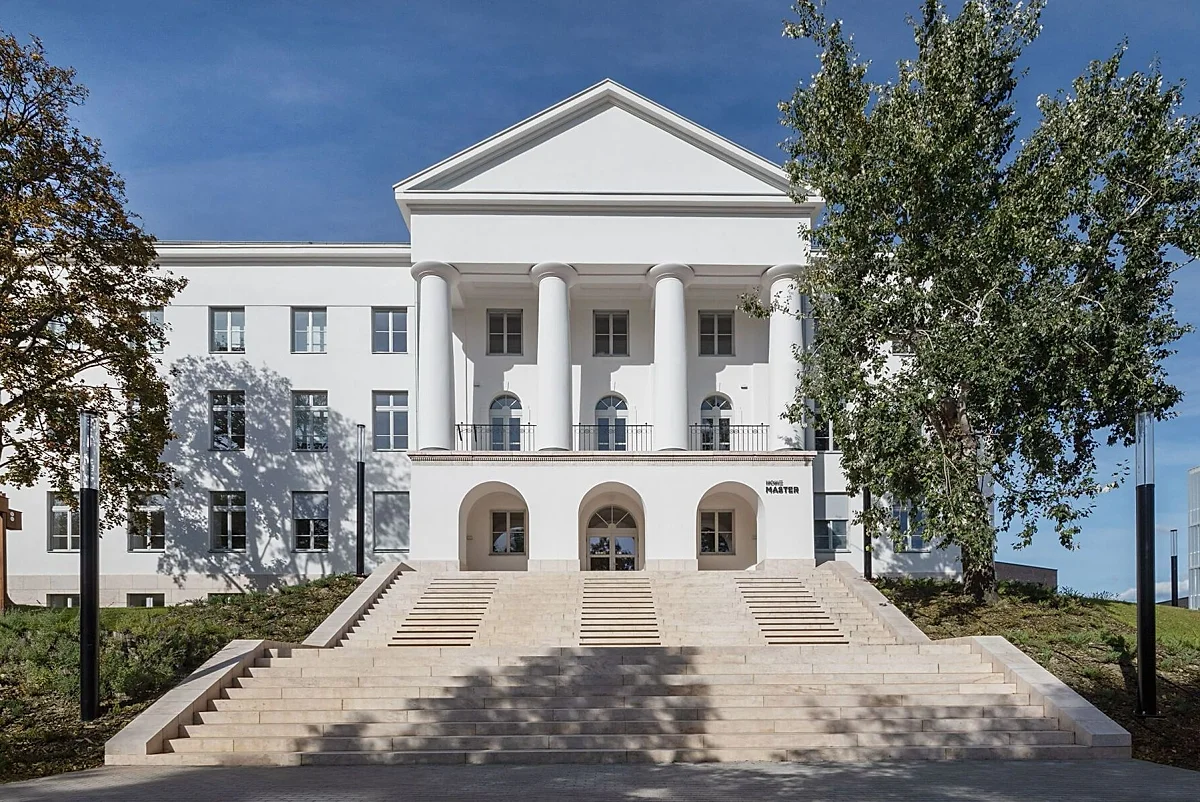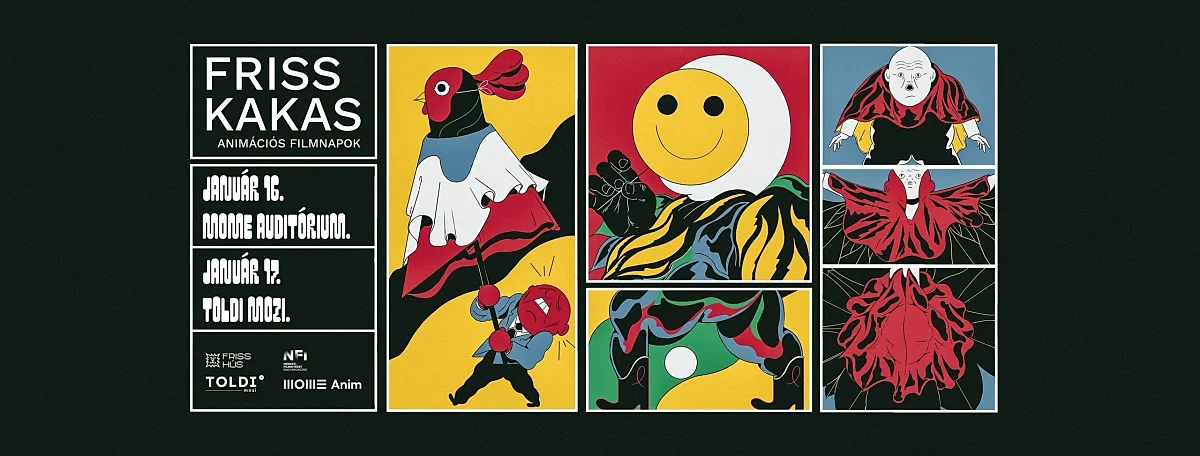
Online art education application compendium with contribution from MOME
The staff of the Academy of Fine Arts Vienna worked together with researchers and teachers of the Moholy-Nagy University of Art and Design, the University of the Arts Bern, the University of Cologne, and the Willem de Kooning Academy in Rotterdam in doing the background research and compiling the inspiring compendium. Professor Elke Krasny of the Austrian university invited associate professor at MOME Kinga Germán to join this important research project.
The Open Educational Resource (OER) database created with ERASMUS+ support provides a variety of digital tools (TOOLS) and newly developed educational practices (IDEAS) for art and design education.
The research was based on a survey demonstrating a lack of online teaching digital resources and skills both in secondary and higher art education during the COVID-19 pandemic. By autumn 2020, various European and international research showed that more and higher-quality digital resources and contents were required in secondary and higher education.
Project DIDAE addressed this shortcoming by developing a digital platform collecting and organising readily accessible digital tools for creating artworks. Digital tools for drawing, painting, sculpting, animation, augmented reality, video, photography, game development, graphic design, photo editing and manipulation, as well as guides and classroom exercises are also available on the website.
It is the ambition of the creators of the website to archive new knowledge spontaneously generated in the digital education of art and artistic practice and make them accessible for everyone. This way, the platform can also be continuously expanded.
When incorporating new digital content, open access, data economy, a clear user interface, intuitive usability, privacy, online stability, usability across multiple devices, equal learning opportunity among users, social inclusivity and creative potential are basic requirements.
For our university, the research was conducted by Kinga Germán, Tamás Fogarasy, Viktória Szabó and Daniella Dominika Galla, and the project was presented at an international conference in Vienna in late January 2023.
☞ For more details visit the https://didae.eu/de/about/ and thehttps://didae.akbild.ac.at/ websites.


